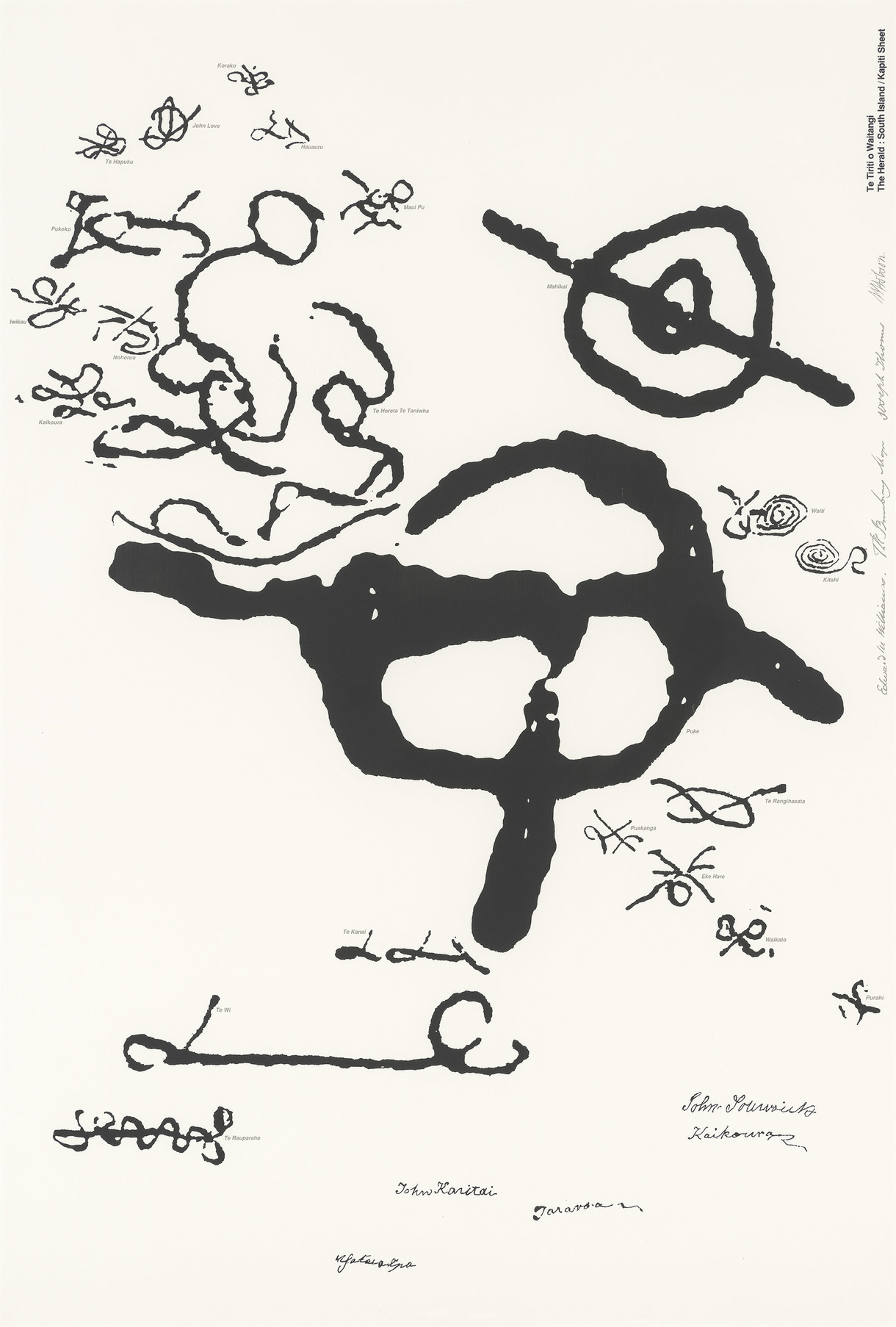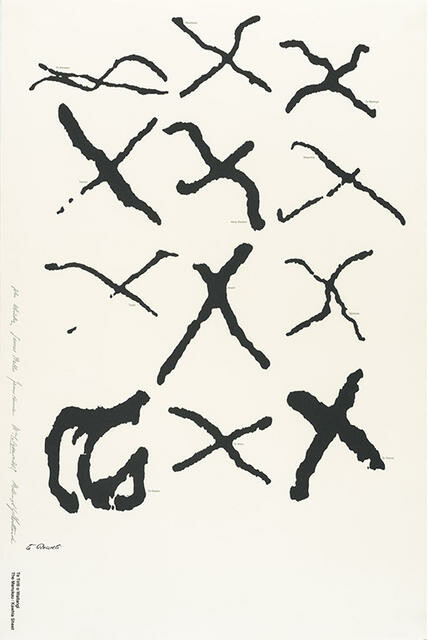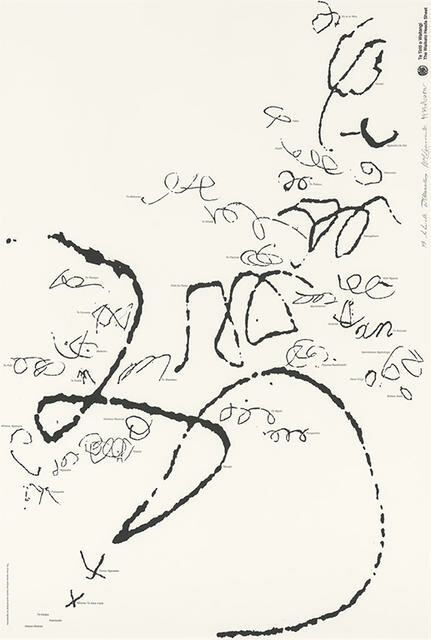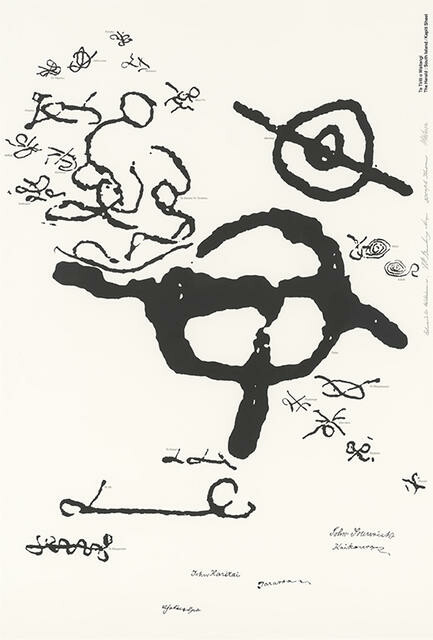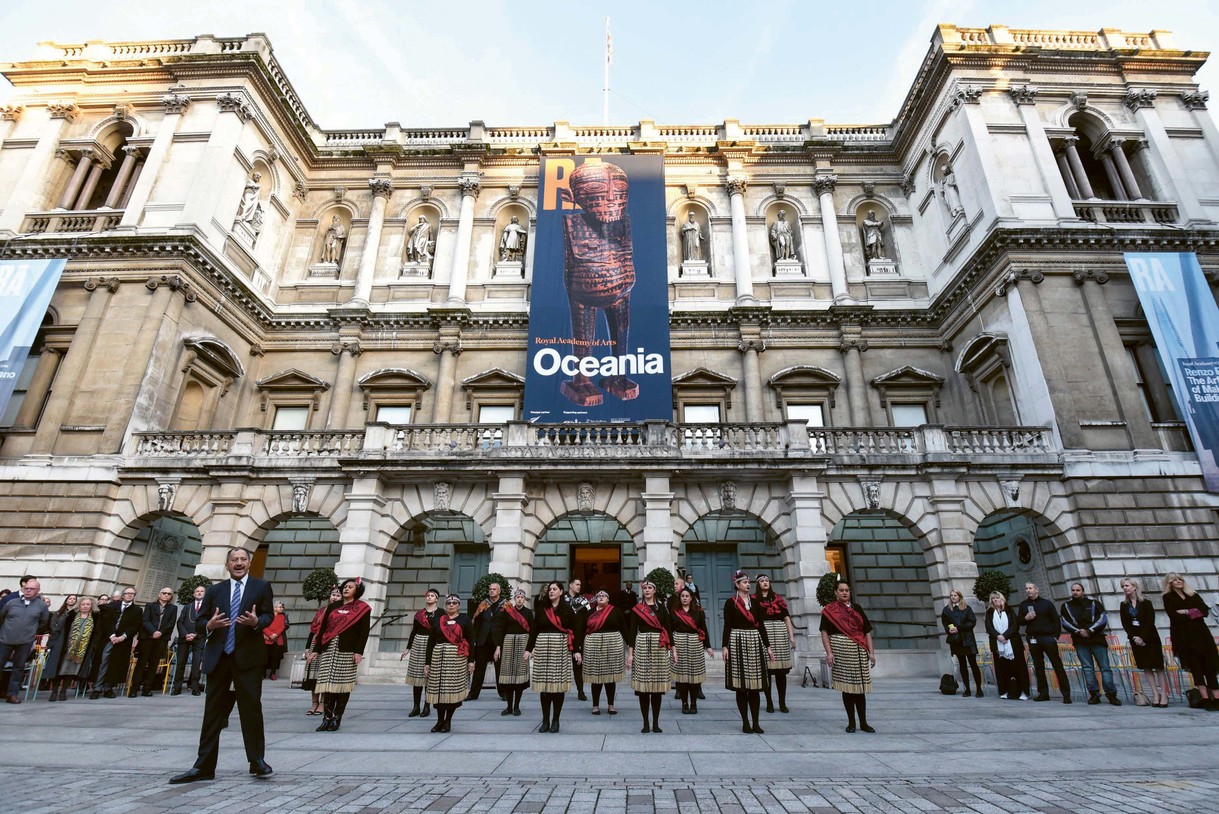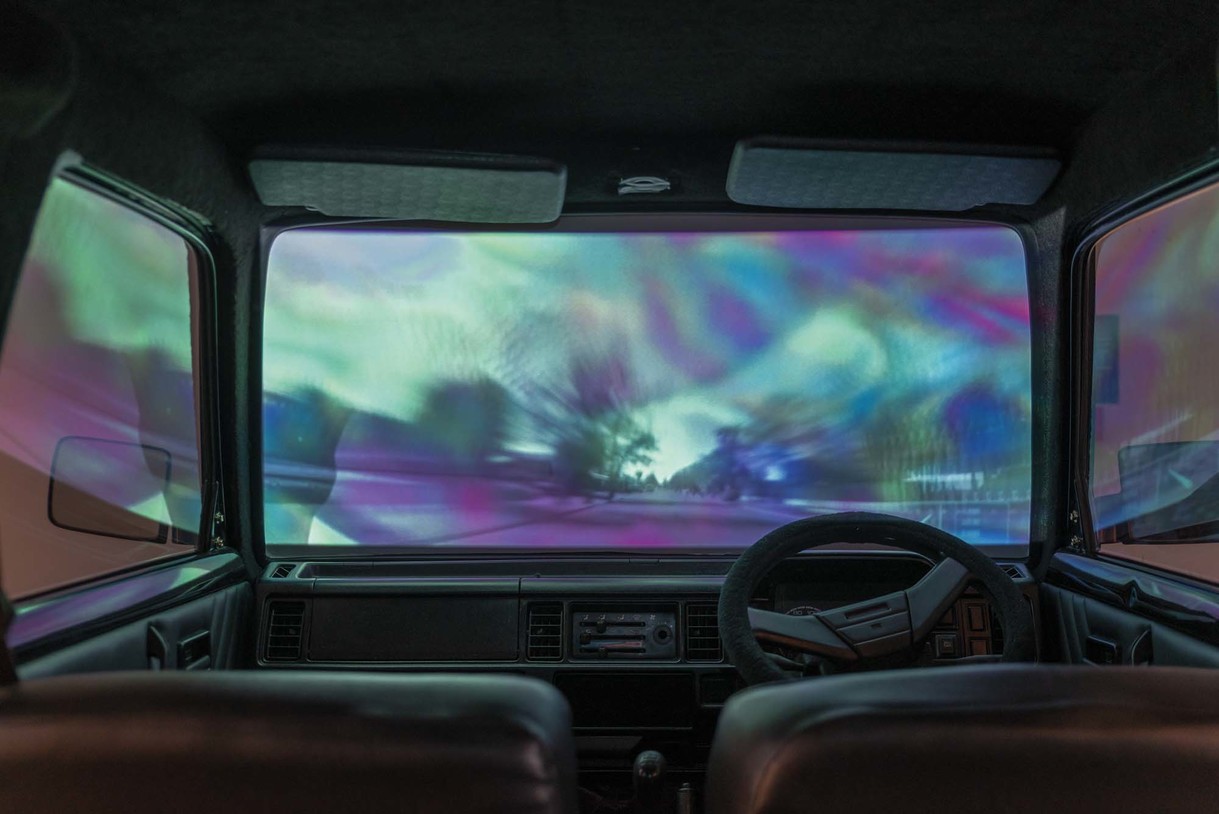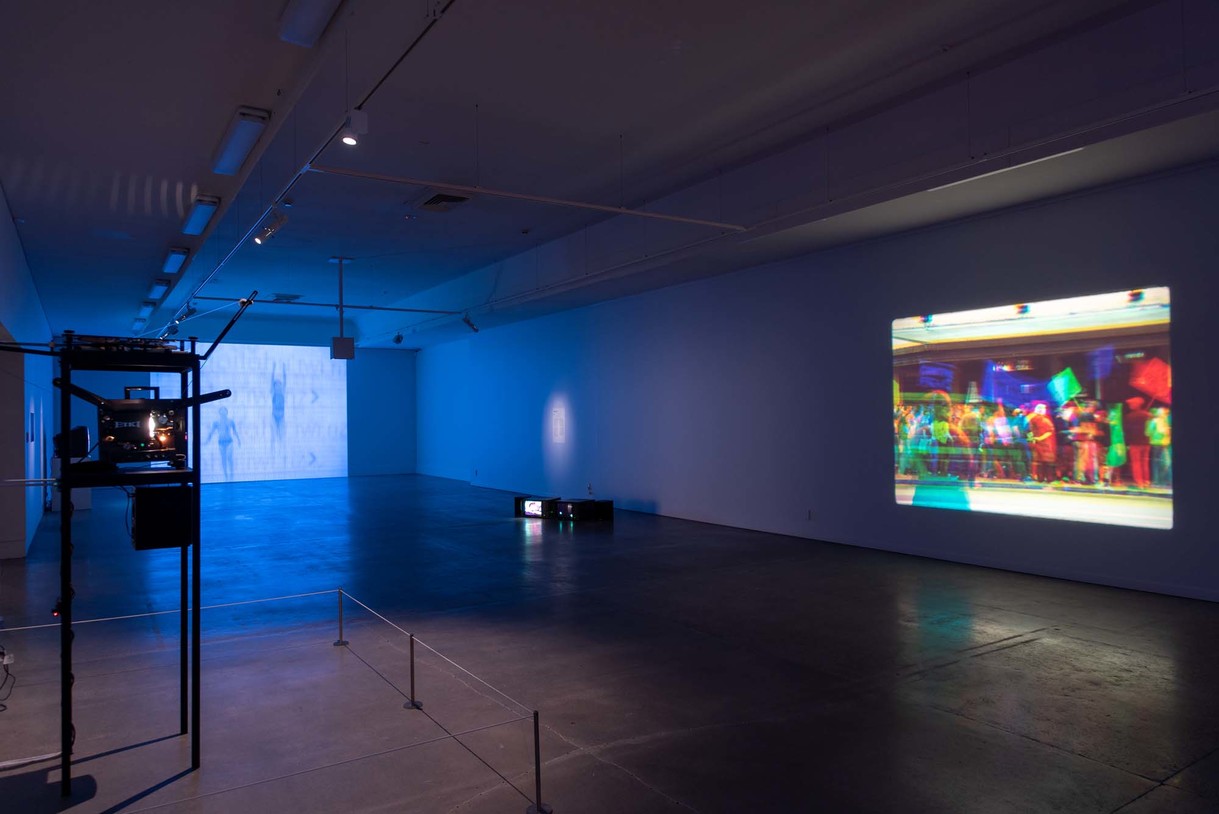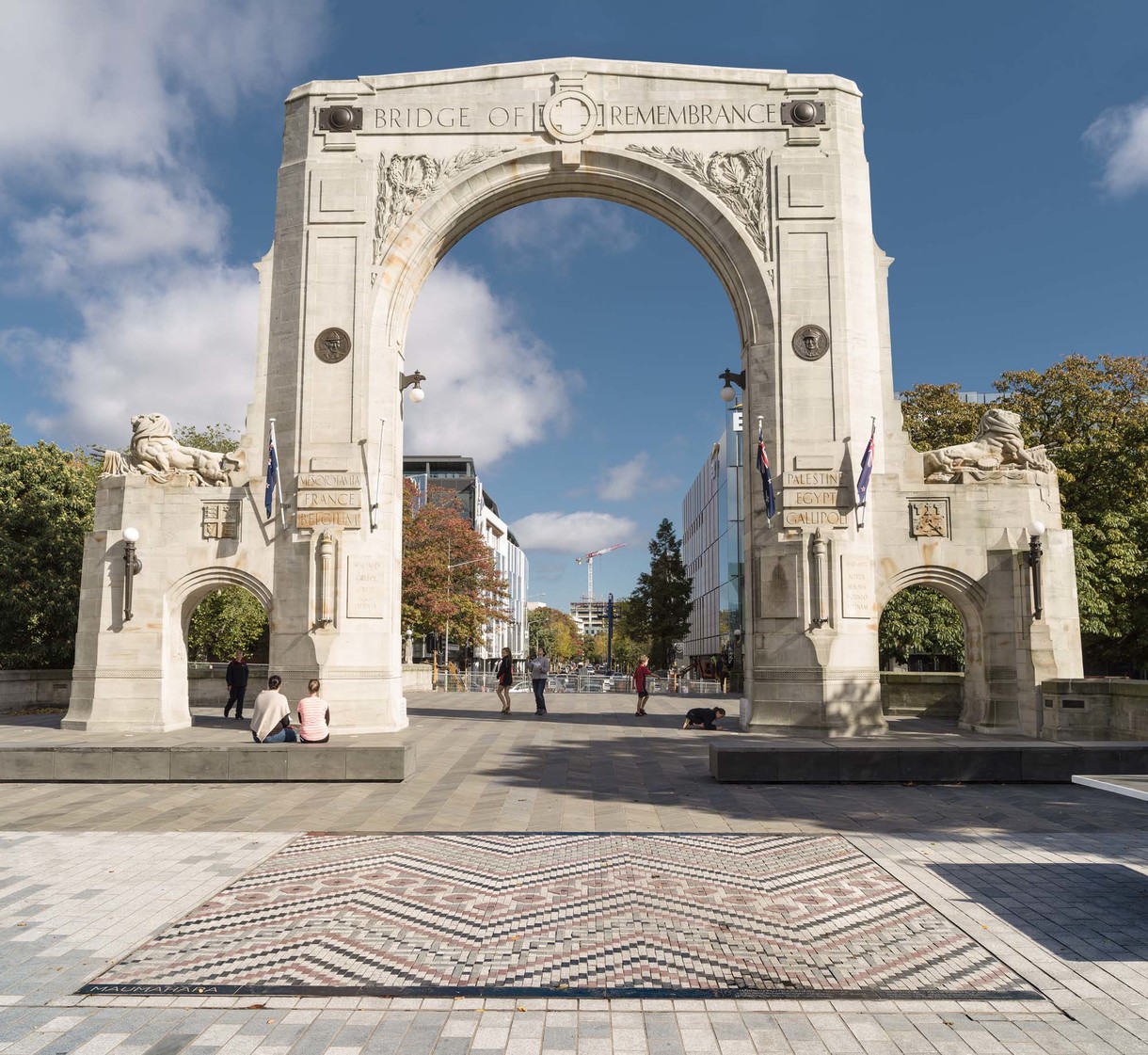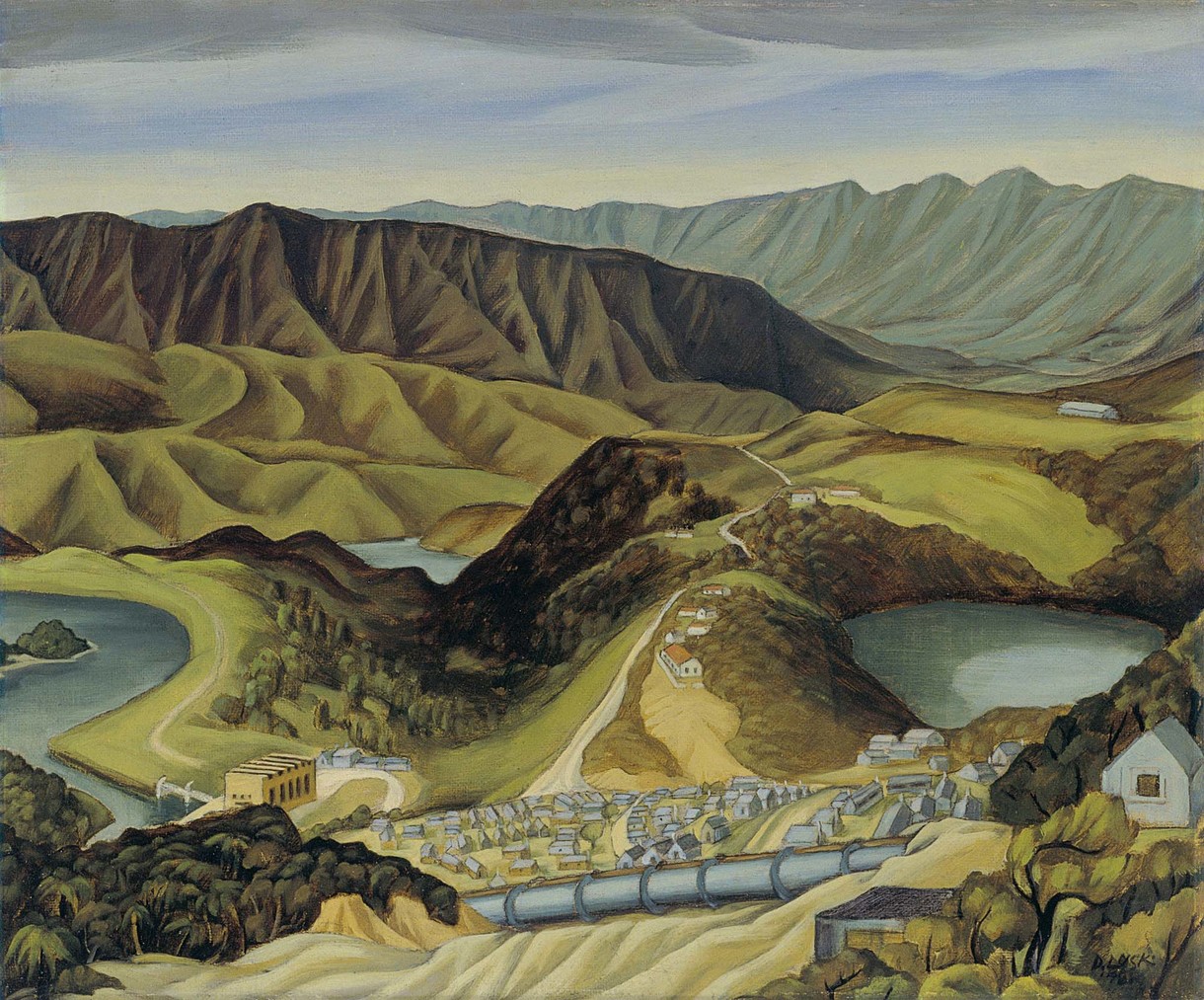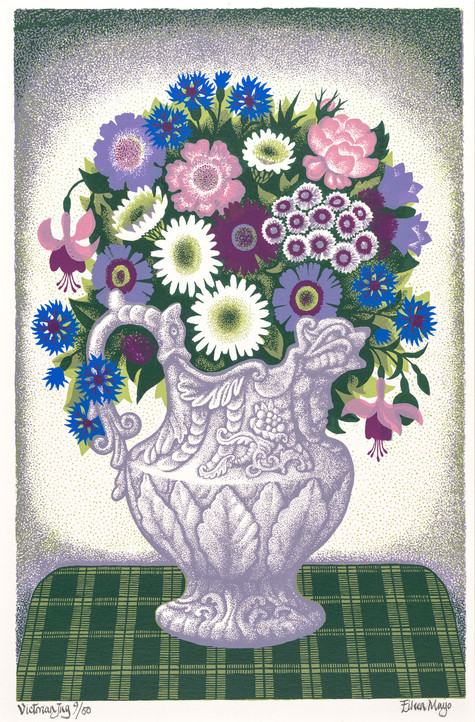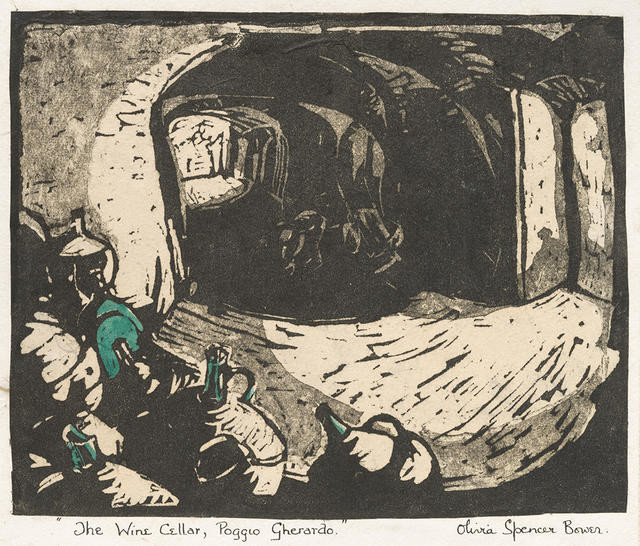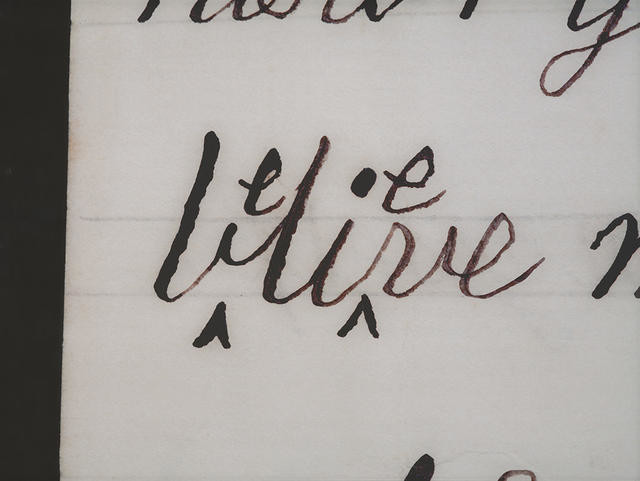Whakaaturaka
Exhibitions
Taiopeka
Events
E Whakaaturia ana Ināianei
On display
Discussing Max Hailstone's Treaty Works
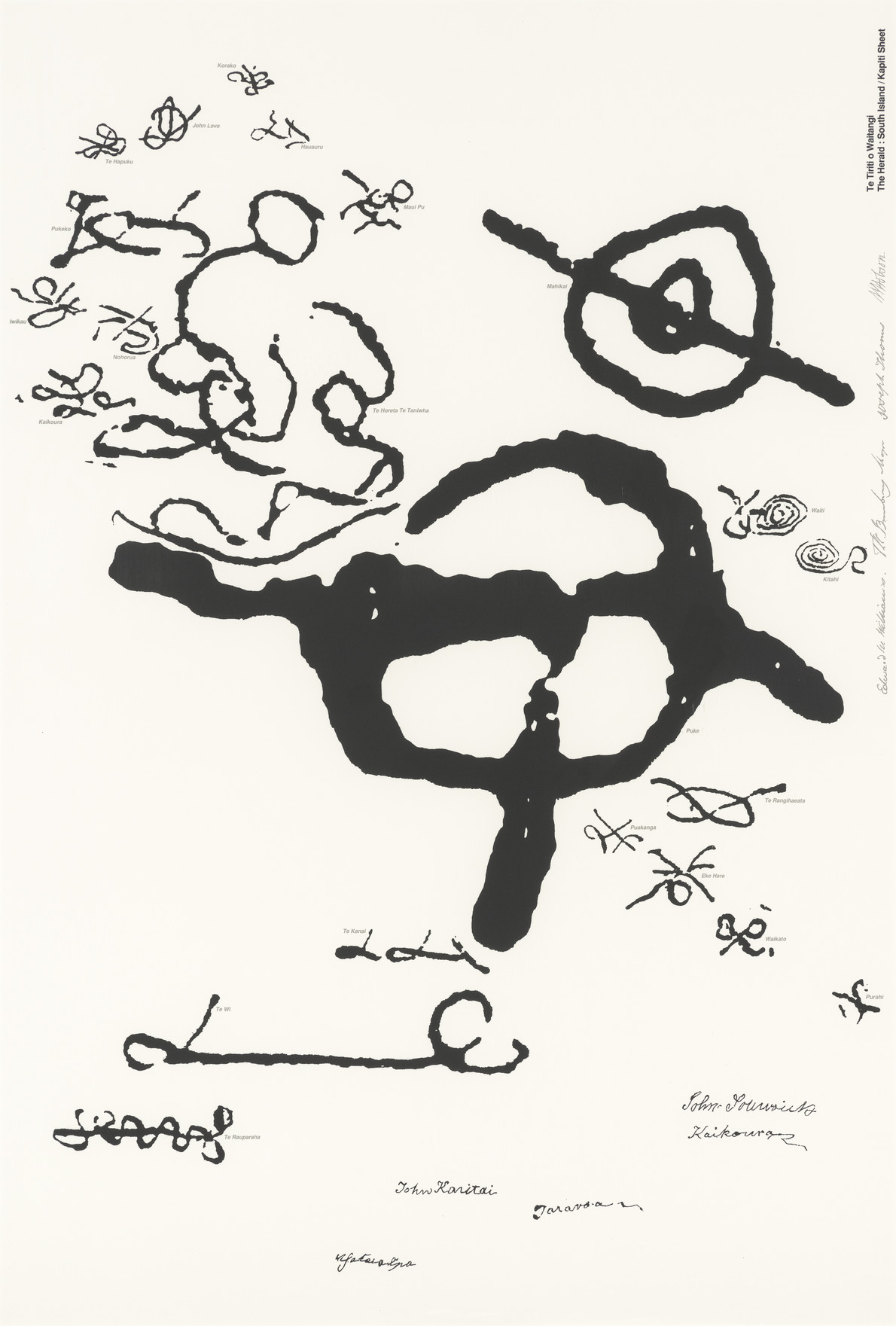
Max Hailstone, Te Tiriti o Waitangi: The Herald, South Island/Kapiti Sheet from the Treaty Signatures series, 1990. Silkscreen on paper. Collection of Christchurch Art Gallery Te Puna o Waiwhetū, purchased 1991
Talk
Past event
Philip Carter Family Auditorium
Free
Gallery guide and artist Liz Bryce discusses the importance and significance of Max Hailstone's controversial Treaty Signatures.
This event is run in conjunction with the exhibition Max Hailstone: Te Ara Takahaka Tapuae / Points of Reference.
